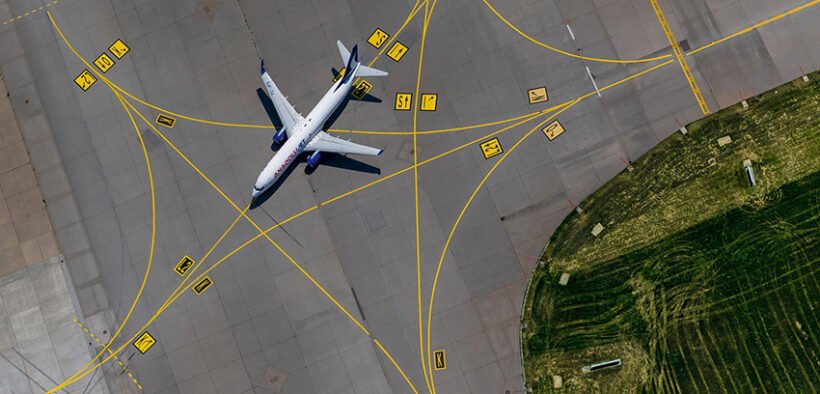The net zero journey
Share

Senior director for environmental protection and sustainability, Jennifer Desharnais, explains how ACI World is guiding airports in their decarbonisation and noise management journeys.
Airports around the world continuously aim to balance environmental responsibility and quality of life for those living near airports, while delivering socio-economic benefits to the communities they serve.
As they progress towards achieving their Net Zero Carbon emissions targets by 2050, or before, they must also sustain their efforts in reducing aircraft noise pollution.
Based on ACI’s Long-Term Carbon Goal Study released in 2021 and the ICAO Long-Term Global Aspirational Goal (LTAG) Report in 2022, the aviation industry has set ambitious decarbonisation targets that are taking centre stage.
Strategies for achieving Net Zero Carbon emissions should include the involvement of leadership and decision-makers, collective effort and a strong partnership amongst various stakeholders from diverse sectors, accessibility to funding and investment, development of new technologies or improvements to existing ones, operational innovation, and capacity building.
The existing complexity of airport sustainability extends beyond reducing its own emissions, over which it has direct control (Scope 1) and indirect control (Scope 2). It also entails encouraging the airport’s stakeholders to reduce their emissions (Scope 3).
To reach net zero, remaining residual can be tackled by investing in credible offset removal programmes, and through permanent Greenhouse Gas Removals (GGR) technologies. ACI’s Airport Carbon Accreditation programme supports airports in managing and reducing their carbon emissions through seven levels of certification.
The programme provides a unique common framework and tool for active carbon management at airports with measurable results. It covers the operational activities that contribute most to carbon emissions.
It is site-specific and can be used at any airport as part of its daily environmental management activity and long-term strategy as it helps to guide and support airports through a process of continual improvement and partnership with stakeholders.
When it comes to aircraft noise management, airports have long been working to address the impact of aircraft noise on human health, such as annoyance and sleep disturbance.
However, with increased pressure from governments and communities, and in order to build strong local stakeholder relationships, maintain trust, and embed the airport in the local community, it is crucial to remain focused on improving the approach to noise management.
Using the ICAO Balanced Approach to Aircraft Noise Management as a foundation, key elements to consider include the initial noise assessment and the establishment of a noise abatement objective, should it be determined that a noise problem exists.
In 2024, ACI World published two guidance publications which help airports navigate through the complexities of decarbonisation and aircraft noise management.
They provide airport operators and industry professionals with the knowledge and tools needed to tackle the ever-evolving challenges of reducing carbon emissions and managing noise in a way that benefits both the environment and surrounding communities.
The Guidance on Airport Decarbonization publication is designed to assist airports in creating a comprehensive decarbonisation roadmap for their operations. It also supports airports in preparing to meet the decarbonization goals, ensuring alignment with the broader objectives of the industry.
The Guidance Application of the ICAO Balanced Approach to Aircraft Noise Management provides a thorough overview of the ICAO Balanced Approach framework and delivers practical guidance on its effective implementation, enabling airports to create robust and efficient noise management strategies, and consequently improve the quality of life of its community.
Both publications are available on the ACI World online store.
Additionally, there are several examples of technological advancement and innovation that could help the industry achieve both decarbonisation and noise reduction targets:
• The introduction of the next generation of aircraft design and advanced engine technologies, including electric, hydrogen and hybrid aircraft.
• Replacing fossil-fuelled ground vehicles and equipment with electric alternatives, or the implementation of sustainable taxiing.
• Improvement of Air Traffic Management (ATM), such as Performance-Based Navigation (PBN) or Continuous Climb/Descent Operations (CCO/CDO).
• The use of data and digital solutions to track, analyse, and optimise operational parameters, or simulate airport operations to predict and implement strategies for noise reduction and decarbonization effectively.
By aligning all these strategies, the aviation ecosystem can achieve more sustainable operations that address both carbon emissions and noise pollution, ultimately contributing to a cleaner and harmonious aviation sector.







